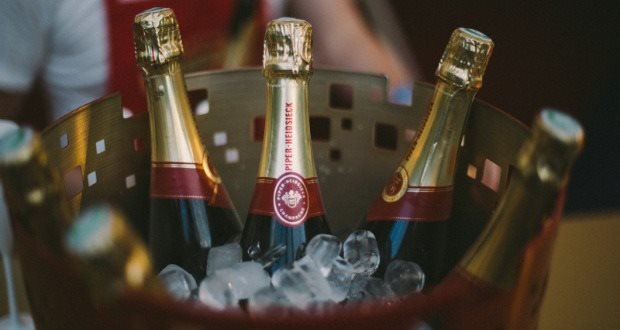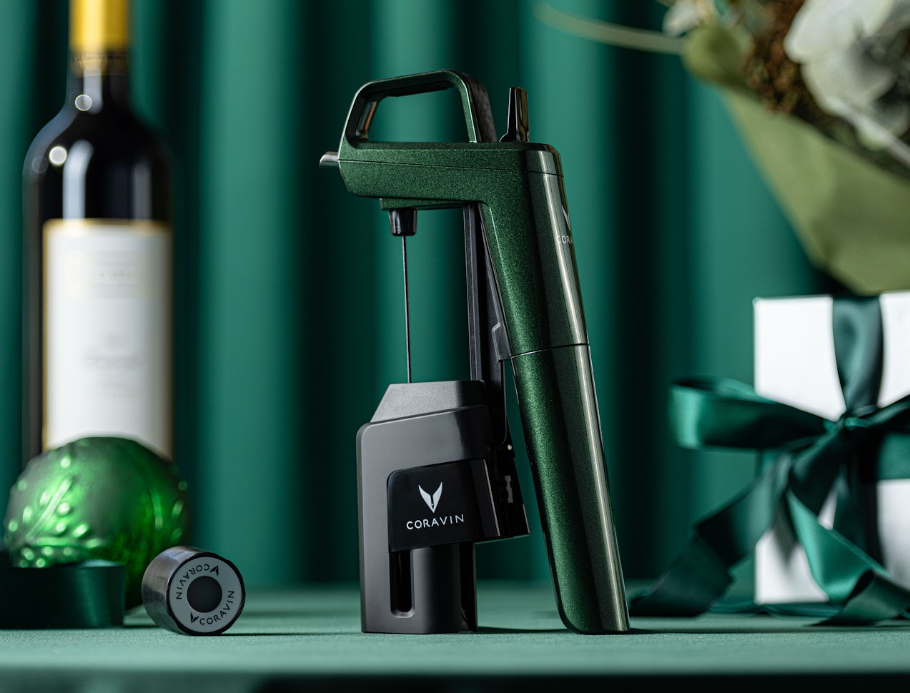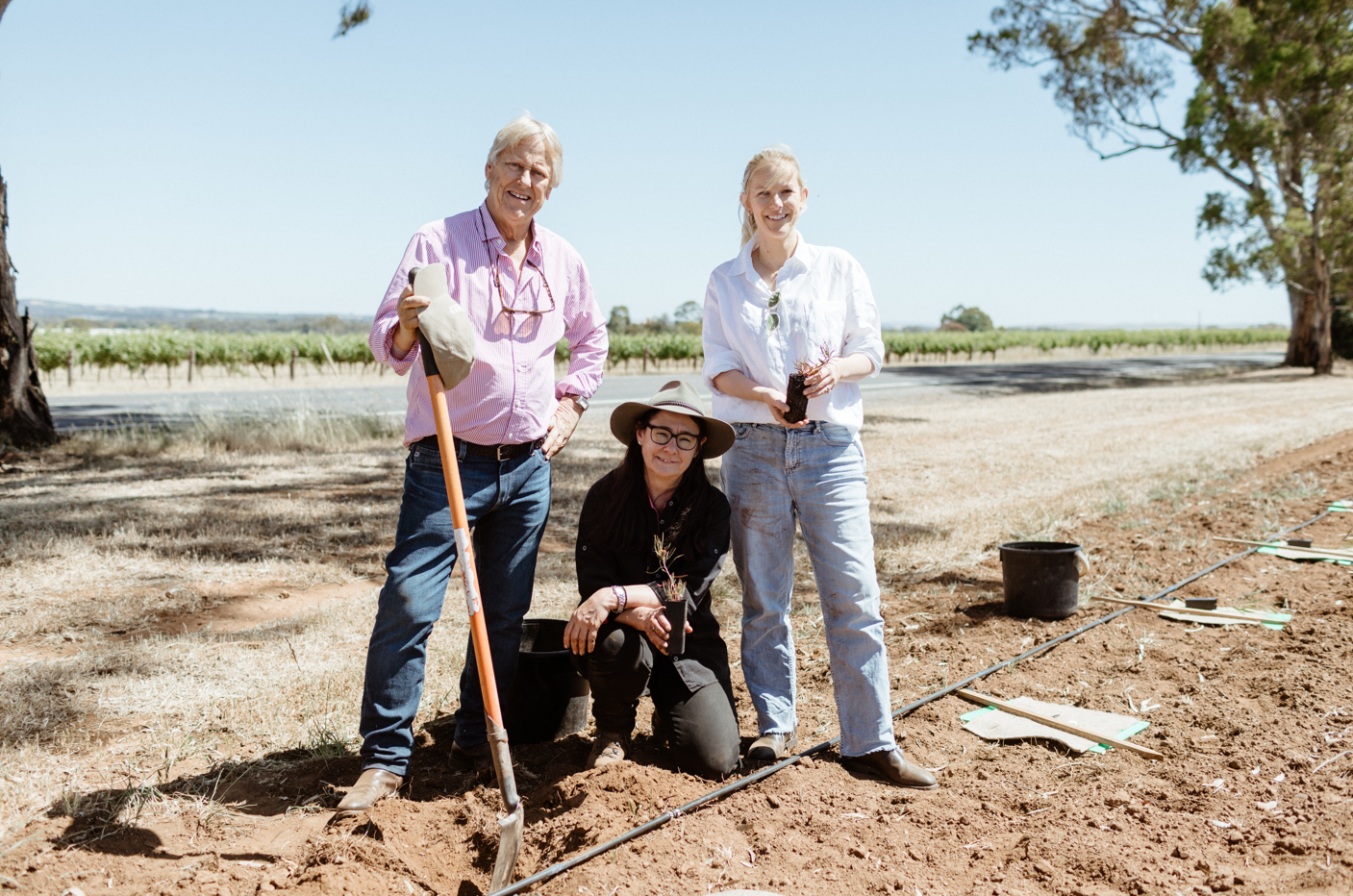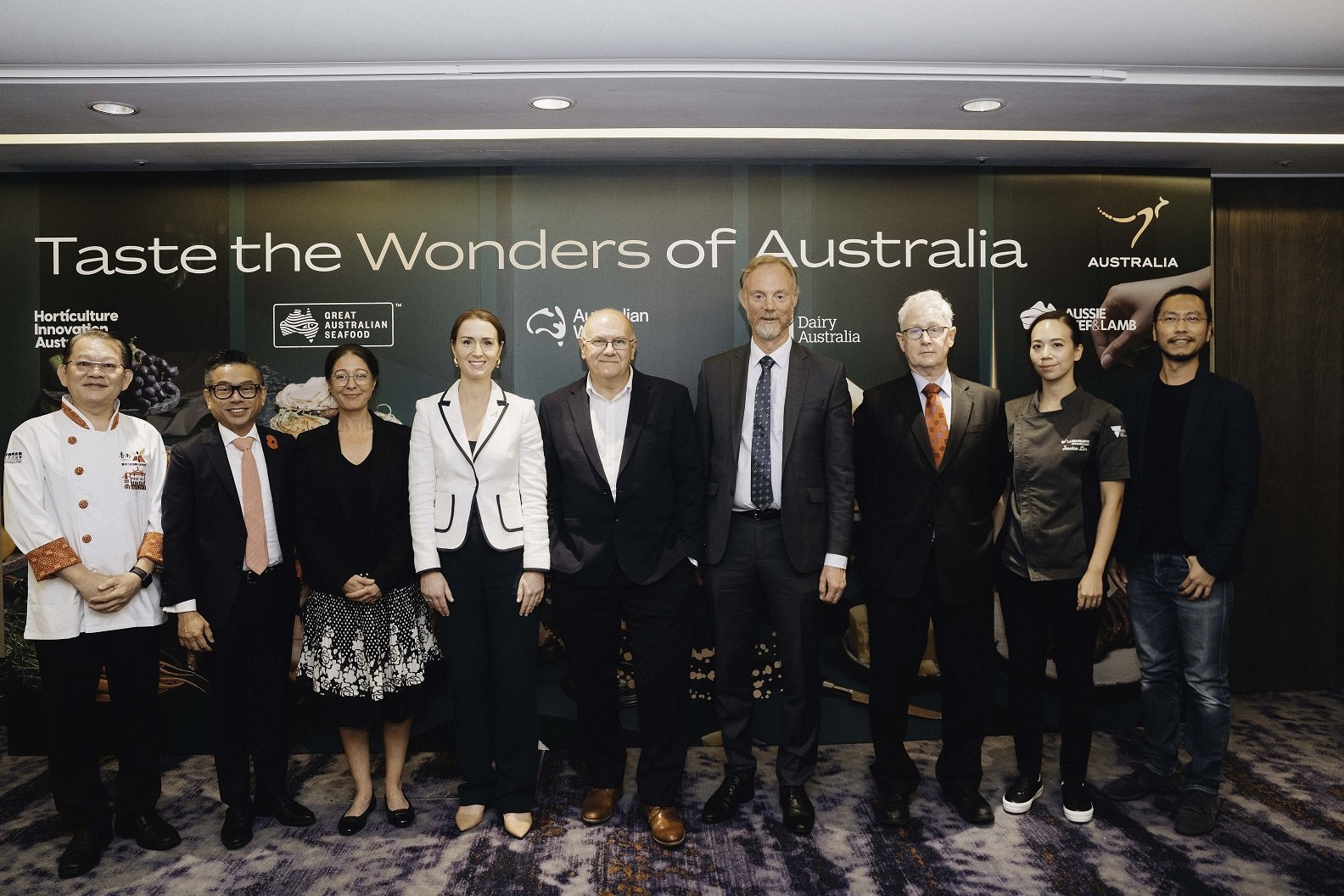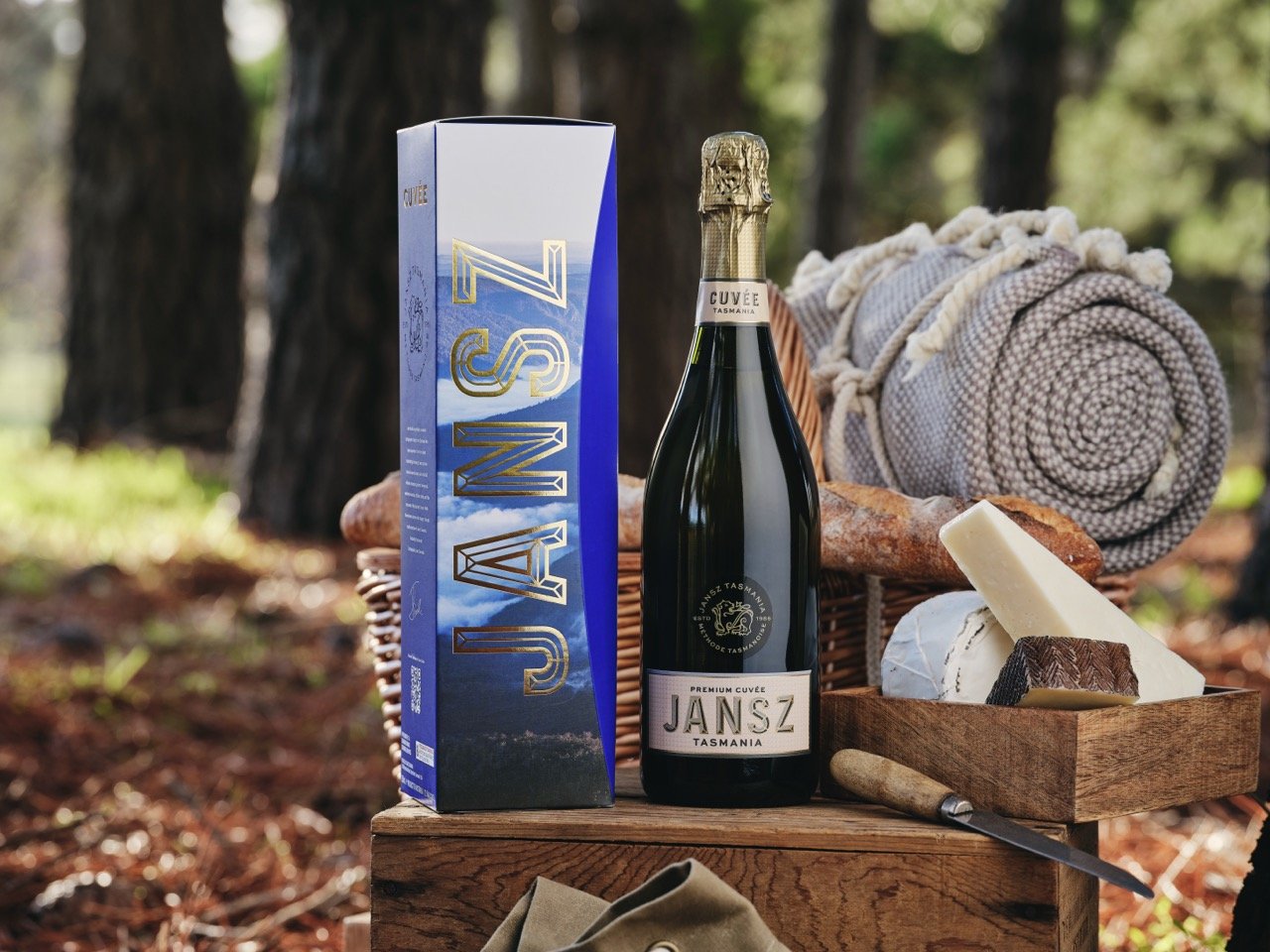The iconic green bottle of Champagne is facing extinction as the major brands move to brown glass.
Piper-Heidsieck is the latest Champagne house to switch to brown glass to avoid "lightstrike" damaging its vintages.
Lightstrike occurs when a wine is exposed to blue and ultraviolet light, resulting in the transformation of amino acids in the wine into unpleasant smelling compounds such as Dimethyl disulphide. Sparkling wine is particularly prone to lightstrike because the bubbles amplify the aromas.
Brown glass filters 99% of ultraviolet light, compared to green glass, which prevents between 50% and 90% of the damaging rays. Clear glass only offers around 10% protection.
Piper-Heidsieck has already started bottling its Brut Non-Vintage in brown glass, with the first release appearing on shelves next year.
Champagne Drappier announced it was shifting to brown glass earlier this year, while Louis Roederer released its first Champagnes in brown bottles in 2010.
Drinks Business notes that Ruinart cellar master Frédéric Panaiotis discussed lightstrike during a tasting of his Champagnes in London earlier this year. Ruinart’s Blanc de Blancs is bottled in clear glass, which makes it particularly susceptible when showcased in shops and restaurants.
“I am horrified to see restaurants with beautiful displays of wines under spotlights… there is a lot of education required,” said Panaiotis.
“From time to time I find them [bottles affected by lightstrike] and I taste a lot, but what bothers me is that people don’t see it, they just think the wine isn’t good.
“If I could switch to black glass tomorrow I would.”
Jancis Robinson's verdict on lightstrike
Wine writer and critic Jancis Robinson has expressed concerns about the growing trend for clear wine bottles.
She writes: "Light can damage wine irreversibly in as little as one hour. It is therefore in shops, bars and restaurants, not cellars, where it is most likely to occur. Both sunlight and light from fluorescent bulbs include all the wavelengths responsible; some are also produced by LED and incandescent (traditional filament) lighting, resulting in a reduced but still potentially damaging effect.
"Unlike cork, which is controversial precisely because it presents real technical advantages as well as undesirable risks, clear glass bottles bring no benefit whatsoever to the wines they house. Their sole benefit is cosmetic, while their only effect on quality is to jeopardise it. Rosé risks tasting murky if left in clear glass, but always looks murky if bottled in mid-green, and from a commercial point of view, in this case the eyes have it. Producers who do stick to their green-glass guns are to be applauded."
Her verdict: "I would be delighted were popular demand to turn against clear glass, and this will only arise from awareness of the problem [of lightstrike]."
Share the content
